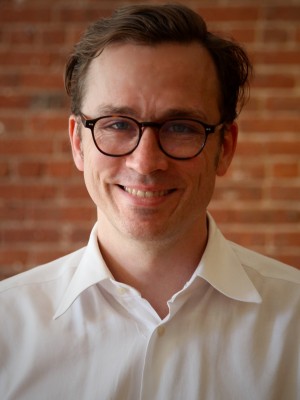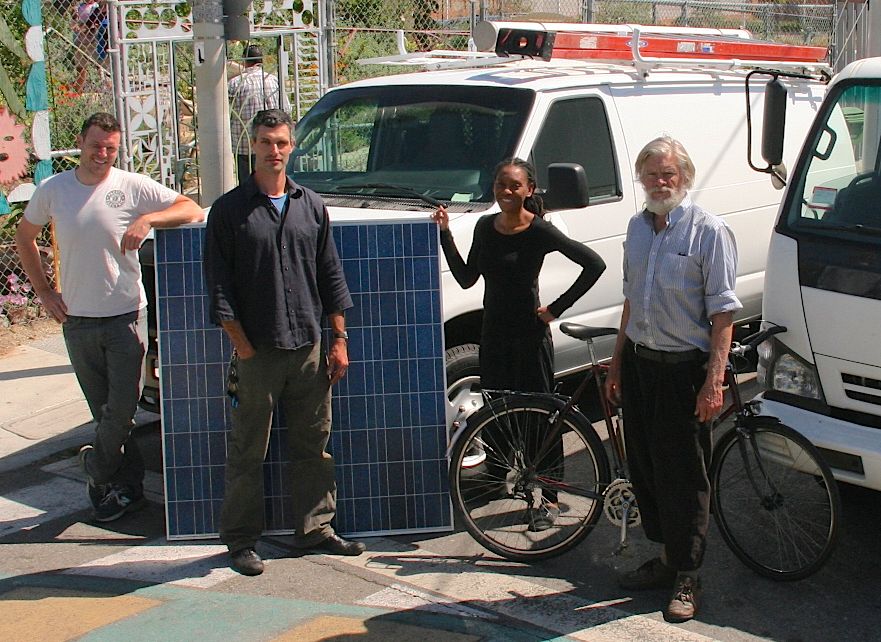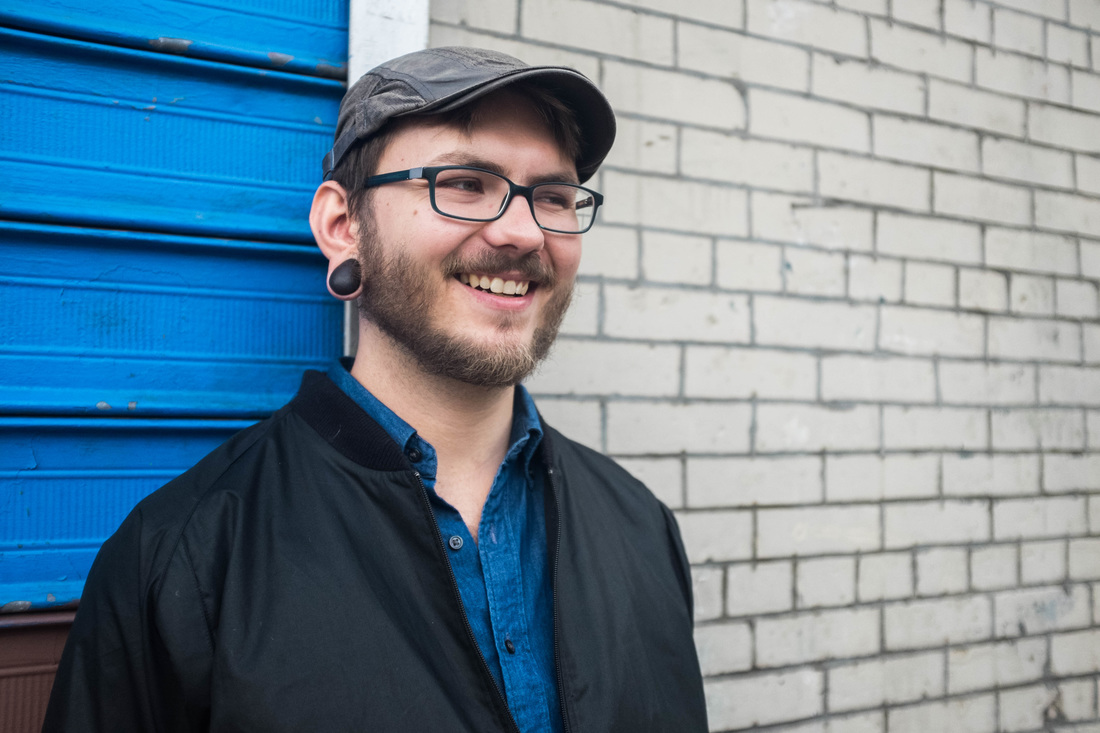THE WORKING WORLD
REGENERATIVE QUALITIES OF THE WORKING WORLD
Views Wealth Holistically / Empowered Participation / Robust Circulatory Flow
Views Wealth Holistically / Empowered Participation / Robust Circulatory Flow
“Who would say, ‘I want to put my money in investments in a small business or a cooperative businesses or a community benefiting business and I want to take profit even if it is taking away things those people already own?’”
|
Pacific Electric Worker Owned Coop received $46,000 in funding from The Working World to purchase new equipment and grow their electric and solar contracting business.
Like a traditional venture capital firm, The Working World gets to know the companies it invests in intimately, and tailors its financing to each firm’s growth trajectory. But unlike most venture capital deals, the terms of The Working World’s financings are set to ensure the long-term success of the underlying business, not to create outsized, short-term payoffs and quick exits for the investor. So, for example, its investment in a company might show up as either debt or equity on its balance sheet. But if it is debt, it will not require servicing unless revenues allow it, avoiding the debt burdens that often spell the end of startup companies. And if it is equity, it will leave the long-term ownership and wealth building to the workers and community. Dale from Radix Media, New York’s only worker-owned and union print shop.
When The Working World does extend secured debt the security is tied directly to the property or good being financed, unlike a traditional lending approach that relies to a lesser or greater extent on the preexisting value of a business as collateral in the event that a loan cannot be repaid. |
“We take that preexisting collateral off the table because it ends up clouding our position as a capital provider, protecting us even when our business decision was a bad one,” says Brendan.
|
“It might look like the worst of both worlds for the investor, but in fact it is not.” Indeed, The Working World believes its strategy of putting the invested company’s interests first turns out to be a powerful risk mitigation strategy for everyone. Because The Working World matches its investor returns as closely as possible to the real economic benefit of the investment itself, it frees its companies to focus on executing their business strategies.” As part of that strategy The Working World plays an active consultative role, bringing in technical assistance and looking to fill gaps in management expertise when needed. “But the real magic,” says Brendan, “is in how we provide the capital. It may look like the investor is in a bad position because they can’t collect short-term profits. But by taking less as the investor and giving more to the people running that project we are changing their motivation. If we said we were going to keep all the ownership, it would dramatically change the relationship the workers have with that project. They will no longer feel motivated to make sure things work out, and it will be up to us to do that alone. If we come in and provide capital that ensures that workers have the biggest upside, they also have greatest long-term incentives to make it successful and our investment is more likely to work out.” |
The most critical indicator of success, The Working World has discovered, is not the education level or initial management expertise of the worker-owners, it’s their level of motivation to find solutions and adapt to changing circumstances when they run into problems.
New Era, LLC received a $200,000 line of credit from The Working World for all raw materials for window, allowing the cooperative to meet whatever costs come with the continual growth in sales.
|
As Brendan says, the best-laid plans will always be subject to the whims of the marketplace, and so the motivation to adapt is the number one factor in success. The 25 U.S. companies currently financed by The Working World are a diverse group and include New Era, a windows manufacturer in Chicago; Bed-Stuy Fresh & Local, a grocery store in Brooklyn that is converting to worker ownership; PEWOC, a solar installation cooperative in LA; and Red Emma’s, a cooperative cafe and bookstore in Baltimore. Red Emma’s underwent a large expansion and needed both long-term investment capital to add a coffee roasting business and a line of credit to purchase raw materials. The investment was paid back in two years, while the line of credit has been tapped almost thirty times and cycled through eight times its credit limit in the same period. Another conversion from private ownership to cooperative ownership, New Era Windows, was treated as a startup after being shuttered for almost two years in an exhaustive law suit. It required both an upfront long-term investment for equipment as well as a working capital line of credit. The Working World hopes to grow its current $5 million U.S. fund to $20 million and its investors from ten to 40 with the goal of creating a broad and diverse base of both investors and invested projects. "One of our goals is to pool together lots of investments and investors so any given investor can come in and out and they don’t have to wait for the invested project itself to mature," Brendan explains. Whenever possible investors are encouraged to place their money in the fund’s total portfolio. However, Brendan notes, “some people have a specific project that really captures their imagination—maybe it is in their hometown or where their grandparents came from or a community that matters to them or an issue like food or environment that is really close to their hearts.” Red Emma’s—a cooperative in Baltimore that describes itself as “a radical bookstore, vegetarian restaurant, coffee roaster and a space for public events"—partnered with The Working World for an investment and line of credit to launch Thread Coffee. This small-batch coffee roaster is committed to a transparent model of trade that provides dignity, sustainability, and solidarity. Before sourcing their coffee beans, Red Emma’s Thread Coffee traveled to identify sources to purchase their coffee.
The Working World offers fixed and variable return options to investors. Currently variable returns are projected at 4 percent or more, with fixed rates currently set between zero to two percent The goal is to create a very stable investment portfolio, with investments that are expected to begin yielding returns to investors over the shorter term and others expected to yield returns no sooner than, say, six years. As the fund grows in size and number of investors it will evolve into a revolving evergreen fund with flexible exit and entrance strategies for investors. “Ideally we will have investors going in and investors going out so that rather than a given investor having to wait until projects mature they can be bought out by another investor.” Perhaps the most significant way The Working World differs from a typical venture fund is in its projected failure rates. “Most venture capitalists assume the majority of their investments will fail and so the few that succeed have to be moonshots that make up the losses and net a rich return,” says Brendan. “We look at it a bit differently. We believe that the way we get involved with a project deeply affects its chances for success. And if we are a significant source of capital for that project we are confident that we will have a dramatic impact on its success or failure. We look at projects that will do well objectively but also that will merge well with the capital we will bring to bear.” This seems to have been a formula for success for The Working World thus far. Ninety-eight percent of the over one thousand projects it has invested in since 2004 have performed as anticipated. “Our projects appear to be in extremely risky, community benefiting projects that involve people who have never been business owners before, in poor communities,” says Brendan. “They work out because we are good at structuring our capital in a way that incentivizes the owners to execute.” |
Please share your comments on THE WORKING WORLD here: |



